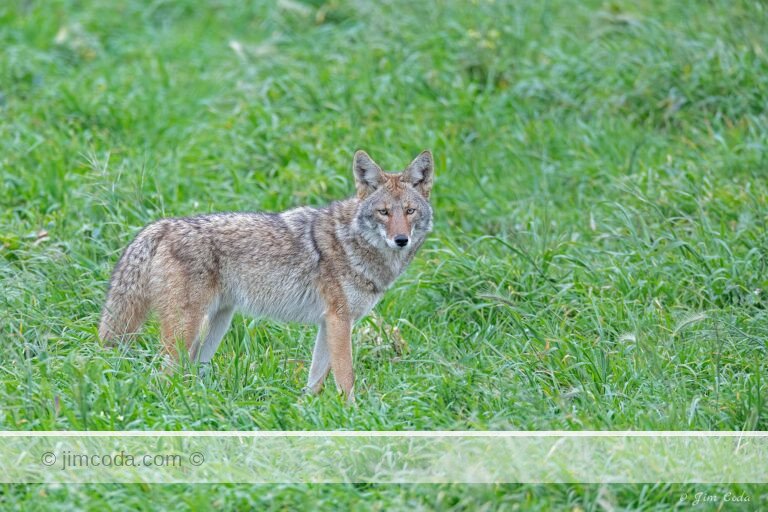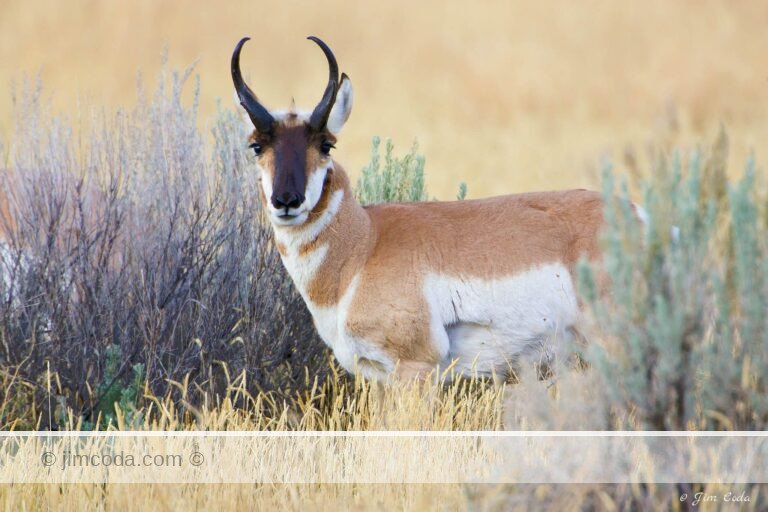Tag: cattle
New 48″ High Fence
New Fencing Along the Newly Reconstructed Section of Sir Francis Drake Boulevard...
Photo showing amount of grassy area in elk reserve at Point Reyes National Seashore.
Point Reyes National...
A bull tule elk feeds at sunset.
This photo was taken during the last few minutes of daylight in 2019. ...
No articles found
Prints for sale
Browse my selection of photos for sale as fine art prints
Filter by category
Sorry, no prints in this category









